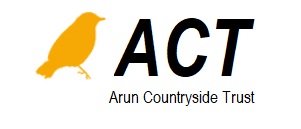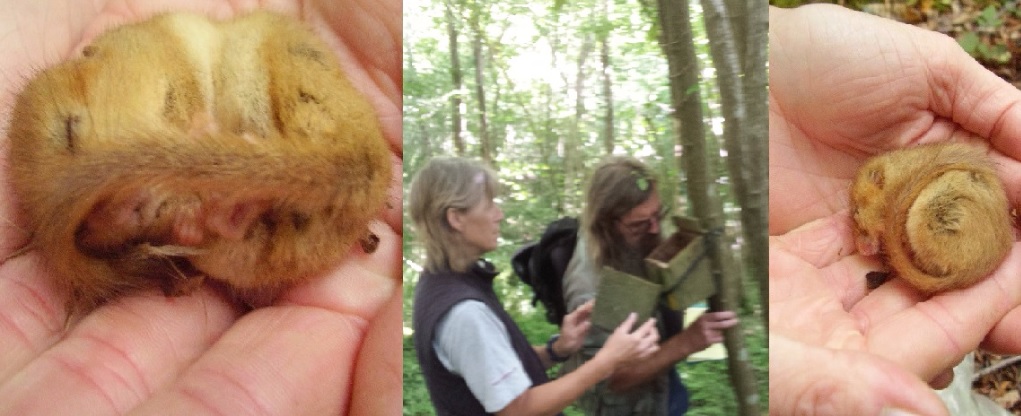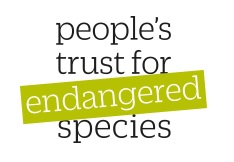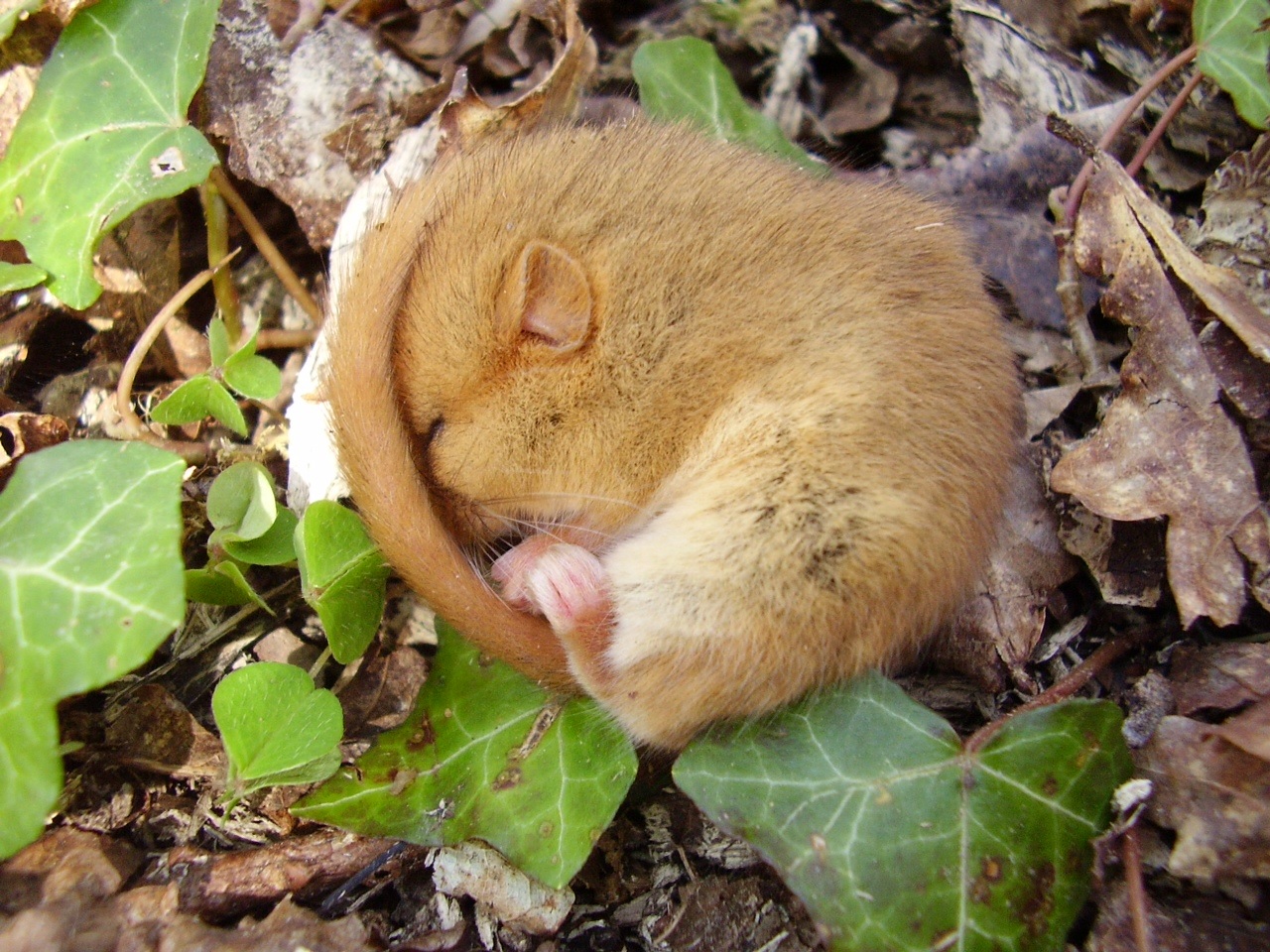Dormice
A key Sussex priority species
Sussex Wildlife Trust launched an appeal, in July 2016, to help save the Sussex dormouse.
Dormouse numbers have plummeted throughout Britain during the past hundred years and they are now vulnerable to extinction because of habitat loss. Hedgerow corridors are vital in linking woodland for our furry friends to get about and thus hopefully reduce the risk of extinction. MAVES is already helping with monitoring and has also been active in hedgerow habitat creation and management.The MAVES area is the biggest connected Dormouse habitat network nationally
MAVES' principal licensed surveyor Ian Powell has been monitoring hazel dormouse populations and other wildlife in the area over many years. With additional MAVES assistants and the support of interested landowners, and working in partnership with the Rangers of the National Park Authority and with our partner Universities, additional equipment is being purchased and the dormouse survey program is being extended into more hedgerow and woodland areas. This is building our understanding of the importance of a connected habitat supporting a substantial population of dormice, from which much can be learned. Read the dormouse blog here.
Sam Buckland, one of the South Downs National Park's rangers, wrote of his experience with Dormice in the MAVES area:
My Dormouse monitoring had entered a temporary period of hibernation since finishing my traineeship with the Sussex Wildlife Trust in early 2014. During my time with the trust I was fortunate enough to undertake Dormouse monitoring at a number of their reserve across Sussex under the supervisor of some amazing people.
This period of hibernation ended the summer of 2014, having only been with the South Downs National Park Authority (SDNPA) just over a month. I was assisting the SDNPA’s Area Ranger at a marvellous local event called the Strawberry Fair, which is held annually in Binsted. It is a charming country fair, and a fantastic place to meet others who love the National Park and its special qualities. It was here I met Ian Powell, a licenced Dormouse handled who has been monitoring the Dormouse population within an area of the woodlands that surrounds Binsted for over a decade.
Ian’s passion of natural history and the Mid Arun Valley is infectious. He is a strong believer that you learn from being out there seeing it and being hands-on, his favourite saying ‘Throw away the rule book, they don’t read it’. Under his watchful eye and guidance I rekindled my Dormouse monitoring in the enchanting woods around Binsted. Building upon my training and experience gained with the Wildlife Trust I worked towards gaining my licence. Each monthly visit was different to the last, the woodland ever changing with the seasons. Each box concealing its inhabitants, be it the charismatic Dormouse, an adventurous toad or a slimy slug.
Having now gained my licence, I am now acting as mentor to some woodland owners who have Dormouse within their woodland and looking to gain a licence. The SDNPA has also supported MAVES in the expansion of the Dormouse monitoring programme. Binsted is a truly magical area within the South Downs National Park.
Thank you Sam, we love working with the National Park team too!
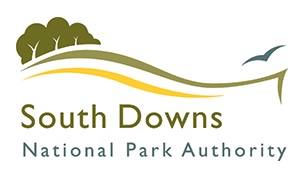 Our dormouse and owl nesting box and survey work has been aided by a £250 grant from the South Downs National Park Authority.
Our dormouse and owl nesting box and survey work has been aided by a £250 grant from the South Downs National Park Authority.People's Trust for Endangered Species have supplied boxes at a reduced rate.
 A fundraising event kindly put on by Claire and Simon at Brooklands Barn Tortington raised nearly £1000 for dormouse bat and owl equipment.
A fundraising event kindly put on by Claire and Simon at Brooklands Barn Tortington raised nearly £1000 for dormouse bat and owl equipment.
